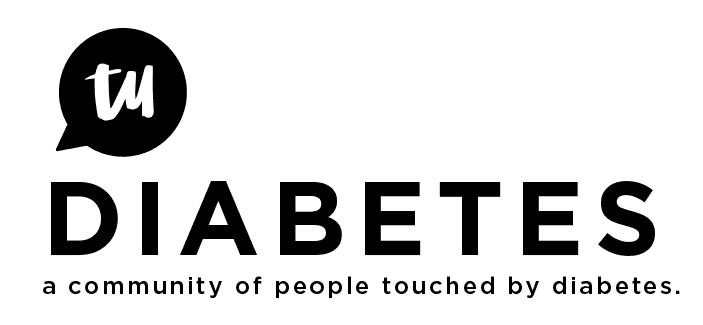If you go through the “Red, White, and Blue” Medicare, then your DexCom supplies will most likely come from Walgreen’s and you almost certainly will have to move to the G6. For the longest time Medicare considered CGMS devices (continuous glucose monitoring systems) to be “investigational”. It has only been since DexCom brought a CGMS device to market that no longer need to be calibrated with daily finger sticks that Medicare has started singing another tune.
So far Walgreen’s is who Medicare has agreed to have the supplies run through. Give them plenty of time, particularly for the initial fill. If it works how it works here, your provider sends the prescription to a Walgreen’s “brick and mortar” store. Then they send it to their “Medicare hub” in Danville, IL. The hub will request chart notes from the doctor, makes sure everything meets Medicare requirements, and then they contact you to arrange how you want to get the supplies. Even though it is going through the pharmacy, it is processed as a “medical benefit” (other words, through Part B) just as prescriptions for glucose tests strips would. The chart note documentation needs to have how many insulin injections a day you are on (or that you are on an insulin pump), that you have been testing your blood sugars a minimum of four times a day for at least the last thirty days and that use of the continuous glucose sensor would be benefit in help you adjust insulin dosing.
If you select a MedAdvantage plan the, most likely it has to be processed by DexCom and sent to a third party supplier. The MedAdvantage plans are eventually going to be handled through Walgreen’s too BUT, at the moment, they are not set up to do so.
Omnipod: Medicare didn’t allow Omnipod until about January 2018/2019. The downside is they allow it only has a prescription benefit. The bad thing about that is that it puts you into the “coverage gap” faster. Supposedly the “coverage gap” is disappearing this year but I don’t think it is quite to the extent that people think.
Basically, after the Medicare prescription drug plan has spent $4,020 (2020’s amount) on covered medications then you go into the coverage gap. While you are in the “coverage gap” you have to pay 25% of the plan’s cost of the brand name medication, the manufacturer “discounts” 70% and the plan pays 5% of the drug cost. (The plan will also pay 75% of the dispensing fee).
You don’t exit the coverage gap until you reach $6,350 out of pocket. Now the good news is that your yearly deductible, coinsurance, and (prescription) copays from January 1st on (or in your case February 1, since that is when your Medicare is starting) all get counted towards that $6,350 so, when you actually do fall into the coverage gap you don’t have the full amount to meet before coverage kicks back in. The other good news is that the 70% “discount” from the manufacturer also counts towards that $6,350.
You do not get out of the coverage gap until your have reach $6,350 (in 2020). Anyway, because the Omnipod is processed through Part D (prescription) instead of Part B (medical), you eat up the $4,020 faster and fall into the “you paying 25% part” faster.
The other thing about Omnipod being processed through Part D (vs. Part B) is that you can’t get your insulin through Part B either. Patients using insulin pumps whose supplies can be process under Part B (Medical) can usually get their insulin through Part B. When insulin can be processed under Part B, it doesn’t contribute to you falling into the coverage gap and, once you are in the coverage gap, you can continue to get the insulin without paying the “donut hole” (coverage gap) prices. (Note: Getting insulin through Part B can be a little more difficult to do when it is a MedAdvantage plan, depending on the plan).
